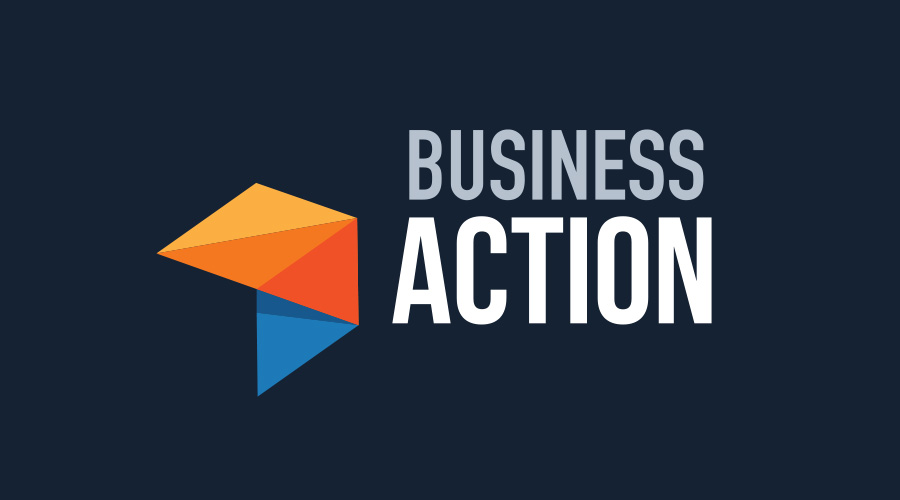Taken from: http://pandodaily.com/2013/09/04/the-four-stages-of-life-every-successful-startup-must-go-through/
If you’ve ever been to a startup event, you’d be awed by the intriguing ideas entrepreneurs come up with — revolutionary jumps that change the way we think about the world, or small incremental ideas that make us relearn everything we know about friends, work, or even coffee. It’s pretty hard not to be awed.
But for all their brilliance, most startup entrepreneurs have distorted ideas about customer service, and what it means to their seedling ventures. After all, when you are a garage startup trying to change the world, the first and most important thing you need is traction, and the second: staying alive. Most startups procrastinate on servicing customers to keep them happy until they have gone mainstream. No surprise that a good chunk of these startups don’t survive very long.
The idea of customer service has moved beyond old school concepts like phone lines and operators, email and FAQs. With social media and word of mouth, the level and quality of support that a startup offers right from its zeroth customer can make or break their brand.
How and why should startups care about delivering exceptional customer experiences?
Typically, there are four stages of life every startup goes through before it hits critical mass. And the way it manages customers through each stage can be the difference between survival and death.
1. From 0 to 100: Winning traction – No matter how brilliant an idea or how excellent a product you have, you don’t have a real business until you win your first 10 customers.
So, how do you spread the word to get your first 10 customers? You can bomb Facebook and Twitter with promos, but that will probably lead you to bankruptcy before you even get the product out. Or you can get the big name evangelists to talk about you. Except you can’t build your startup on the hope of a Robert Scoble review.
Some businesses, like Dropbox, have woven virality into their products. But for most other businesses, the fastest way to both achieve product/market fit and generate referrals through word of mouth is by creating lasting customer experiences.
It’s important for early-stage startups to stay close to their customers. What do their beta testers really think? How are the first few customers using their product? What are the biggest problems they face?
The first five customers who stay with you for over three months will be steering your startup’s direction forever. Get closer, know them, and solve their problems, and you can win.
2. Life in the chasm – There is a big gap between what early adopters expect from a product, and what the bigger chunk of the market actually needs. The main reason behind “startup infanticide” is the failure to identify and overcome this gap. It’s important for marketing to be targeted and aligned with each type of customer.
Geoffrey Moore’s book “Crossing the Chasm” best describes the Grand Canyon that every adventurous entrepreneur must leap over to “get” to the market. The Chasm is the region of uncertainty a business goes through before it gets to product/market fit. And the shortest way to get there is by actively listening to the customer and implementing the promised features on schedule.
Most startups forget to create easy mechanisms in their products that can tap and organize user feedback. And when entrepreneurs aren’t listening to bug reports, feature ideas, and support requests from customers, bad things begin to happen.
KurbKarma is a great example of a startup that had to fight hard to find product/market fit. Early adopters found the concept of an app that helped people find and share parking spots in San Francisco interesting. But that wasn’t enough for the company to hit critical mass. The only way KurbKarma could reach its market was by listening to and incentivising existing customers to get more active. Today, if you are stuck trying to park between Market and 10th, KurbKarma makes it easy to first find a parking spot, and then share it with the world when you are ready.
Alternatively, you can jetpack your way across the chasm by going viral like UberConference did. Every UberConference call includes an unobtrusive suggestion for participants to sign up with the service. It is simple, effective, and provides your business inherent virality.
But don’t slack off or stop once your business gains traction. Get feedback and incorporate it. If you build software, stick to your promises and product cycles.
3. Uninhabited communities: Jumping the Graveyard – The third stage of the life-cycle starts once customers trickle in. Early customers bring with them ideas, suggestions, and bug reports at no cost. As KurbKarma showed, an engaged user community is the fastest way to get to any startup to the next stage.
When people pass by a building with broken windows, it’s natural for a few to throw a stone and further damage the property. The level of anarchy then progressively increases until soon you find squatters and a whole bunch of antisocial activities at play. The Broken Window Theory is often used in criminology to explain how a small problem can quickly escalate to a much larger crime.
Interestingly, the theory and its fundamental psychology play just as hard in the success of a startup as it does in criminology. Nobody wants to be the first to refer a friend or start a conversation.
This is where your passionate users come to your rescue — directing customers to an online community where the business actively participates and gives them the platform to engage and get all the help they need. Seeding conversations, building relationships, and engaging with users even before launch day ensures you don’t end up with a ghost town.
Seed discussions and inspire early users to build out your community right from Day Zero.
4. Credibility and building trust – The final and perhaps most important stage in the lifecycle of a startup is getting to a point where customers can comfortably whip out their wallets and pay for the service they receive. But first, they need to trust you. And you get there by being responsive, eliciting user feedback and communicating with your early, most enthusiastic power users.
Let’s face it, though. There is no quick and dirty way to earn credibility, especially in the early days before a startup acquires its first customers. The best bet is to provide every customer with an experience that keeps him asking for more — right from signup and on-boarding, all the way to customer service and beyond.
In other words, the surest way to build credibility is by consistently wowing customers through exceptional experiences.

